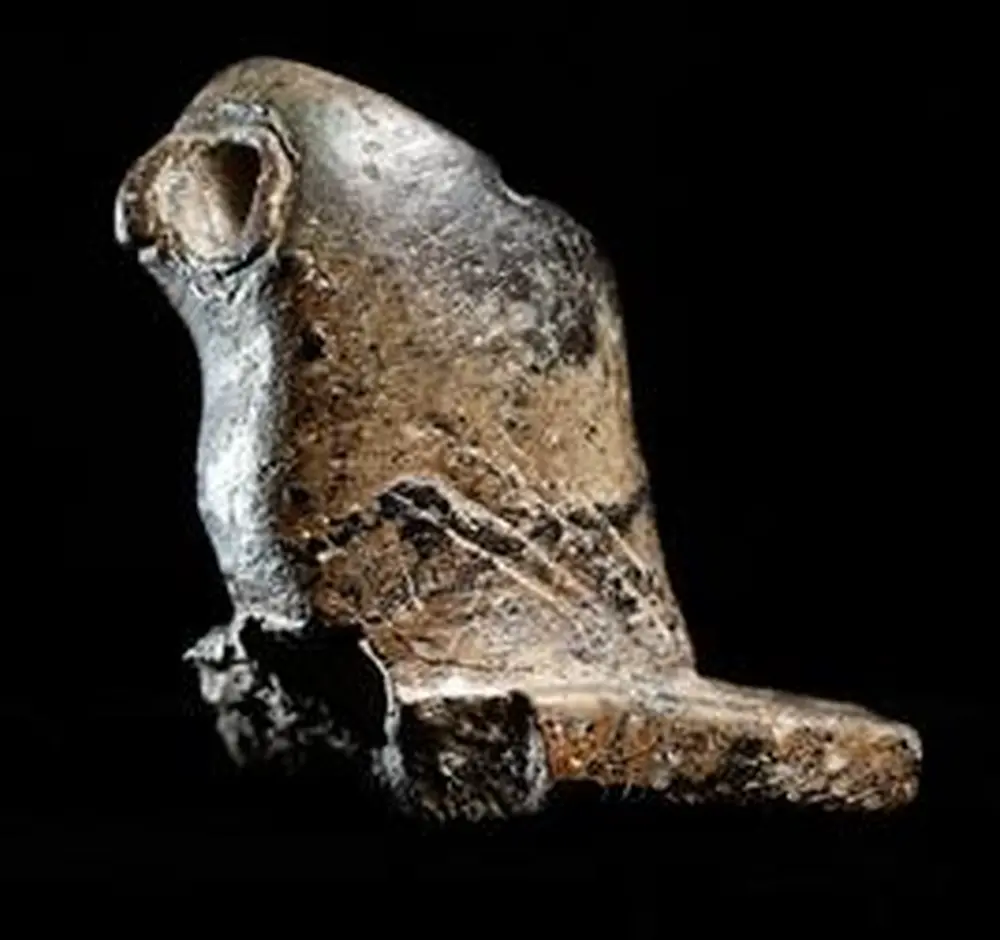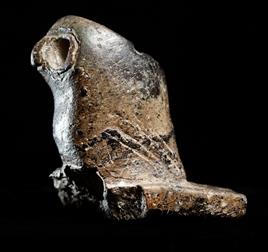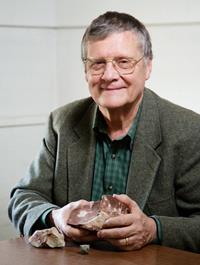

For almost a century archaeologists have believed that a treasure-trove of 2,000-year-old Native American pipes unearthed in southern Ohio came from local stone.
A new study at the University of Illinois, however, concludes that most stone for the pipes—and perhaps even the finished pipes themselves—came from Illinois.
The researchers spent nearly a decade studying the pipes. They found that less than 20 percent of the 111 Tremper Mound pipes they tested were made from local Ohio stone. About 65 percent were carved from flint clay found only in northern Illinois.
Supported by the National Science Foundation, it was the first study to actually test the stone pipes from quarries across the upper Midwest.
Researchers are still puzzling over how the materials made it to Ohio from Illinois, and why very similarly styled pipes from a site 40 miles north of Tremper Mound were carved almost entirely from local stone (the communities that produced the pipes existed about the same time).

These results are reminders that things are not as simple as they sometimes appear, says Thomas Emerson, principal investigator on the study and director of the Illinois State Archaeological Survey, as well as an adjunct professor in anthropology.
The Hopewell people, who lived in the region from about 100 BC to roughly AD 400, have long been the subject of speculation, as the artifacts they left behind and the manner in which these goods were disposed of are not easily understood. Those living in southeastern Ohio, especially, seemed to be “conspicuous consumers and connoisseurs of the exotic,” Emerson says, including caches of elaborately carved pipes.
See a slideshow of some platform and effigy pipes or a brief video about the pipes.
There is evidence of stone carving at the Illinois sources where the stone was gathered, but none at Tremper Mound, suggesting that the Illinois stone was carved into pipes before it was transported to Ohio.
The new findings should challenge archaeologists to look more carefully at the evidence left behind by the Hopewell people, Emerson says.
“This study really says to the archaeological community, you need to go back to the drawing board,” he says. “You’ve been telling stories for decades that are based on essentially misinformation.”


